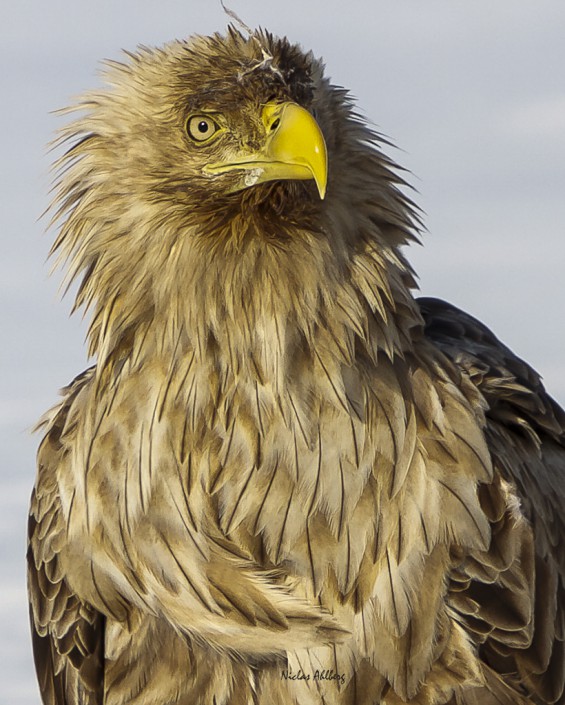This post is also available in: Swedish
Southern elephant seal – Mirounga leonina
Southern elephant seal – Mirounga leonina
is one of the two species of elephant seals. It is the largest member of the clade Pinnipedia and the order Carnivora, as well as the largest extant marine mammal that is not a cetacean. It gets its name from its massive size and the large proboscis of the adult male, which is used to produce very loud roars, especially during the breeding season. A bull southern elephant seal is about 40% heavier than a male northern elephant seal (Mirounga angustirostris), more than twice as heavy as a male walrus (Odobenus rosmarus), and six to seven times heavier than the largest living terrestrial carnivorans, the polar bear (Ursus maritimus) and the Kodiak bear (Ursus arctos middendorffi). The third subpopulation of about 75,000 seals is found in the subantarctic islands of the Pacific Ocean south of Tasmania and New Zealand, mainly Macquarie Island.
Colonies once existed in Tasmania, Saint Helena, and the Juan Fernández Islands off the coast of Chile. Some individuals at the time of moulting have been found in South Africa or Australia. Lost animals have also been reported from time to time on the shores of Mauritius, with two reports from the Río Guayas estuary area in Ecuador. Reality of the creature so called Manatee of Helena had been pointed out as possible misidentification of elephant seals historically present on Saint Helena.
After the end of large-scale seal hunting in the 19th century, the southern elephant seal recovered to a sizable population in the 1950s; since then, an unexplained decline in the subpopulations of the Indian Ocean and Pacific Ocean has occurred. The population now seems to be stable; the reasons for the fluctuation are unknown. Suggested explanations include a phenomenon of depression following a rapid demographic rebound that depletes vital resources, a change in climate, competition with other species whose numbers also varied, or even an adverse influence of scientific monitoring techniques.




























